By Rick Wilson | May 16, 2013

See why top ecommerce brands use Miva’s no-code platform to run
multiple stores, manage massive catalogs, and grow their revenue.
This is Part 1 of a 4 Part blog series by Rick Wilson, President of Miva Merchant. Check back weekly for more insight on How to Start Selling Online!
Click here to jump to Part 2: Finding the Right Product to Sell, Part 3: Choosing the Best Ecommerce Platform For You, or How to Start Selling Online Part 4: Getting It All Together
Have you been considering selling online?
Are you an existing business owner who needs to expand online? Or do you have the next big thing (or even just your next big thing) that you think is perfect to launch via online retail?
In this series of blog posts we’re going to dig in and examine some of the key pillars of success that I’ve seen time and time again helping hundreds of thousands of business owners sell online.
Ecommerce, which has long been a mainstay of the Internet, seems to have undergone a truly generational shift in which everyone under a certain age expects to be able to purchase anything they desire online. This trend makes it an exciting time to be selling online and considering only 3% of retail sales in the US currently happen online, there is still a lot of growth ahead of us.
Let’s dig in and start by getting our head around the world of ecommerce today.
There are a number of great reasons to sell online:
However, there are also some pitfalls to keep in mind:
When you’re making decisions about how you’re going to design the layout and structure of your site, many of these pitfalls should be considered. Arguably the most important item to get right is your product landing pages and product photography, as they can make or break your site. Think of this as being the online version of being about to touch and experience your product. Do everything in your power from well-written vivacious descriptions to super high quality (and quantity) of product photos and product videos where appropriate.
It’s also vital to the design phase of your site to consider how you’re going to communicate with your customers for customer service items including your returns policy and process. Having a well thought out process for making the customer feel like they can get ahold of you and handle any issues or return your product if necessary is instrumental in having a successful online store.

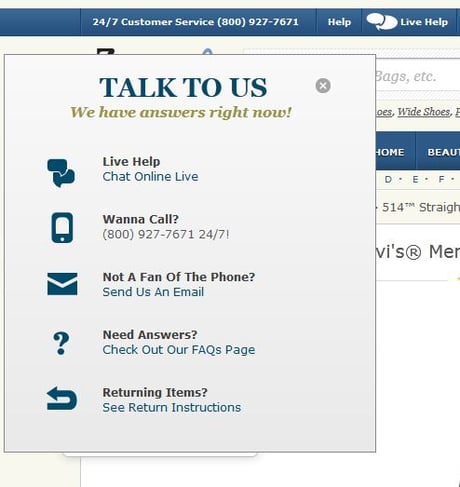
Zappos.com has multiple ways for customers to contact them with 24/7 Customer Service, Help, Live Chat, and “Free Shipping and Free Returns” displayed at the top of every page on their website.
In today’s selling environment, how you sell online is going to be largely determined by what you sell.
If you are selling clothing, for example, people will expect you to have a return policy and great sizing charts.
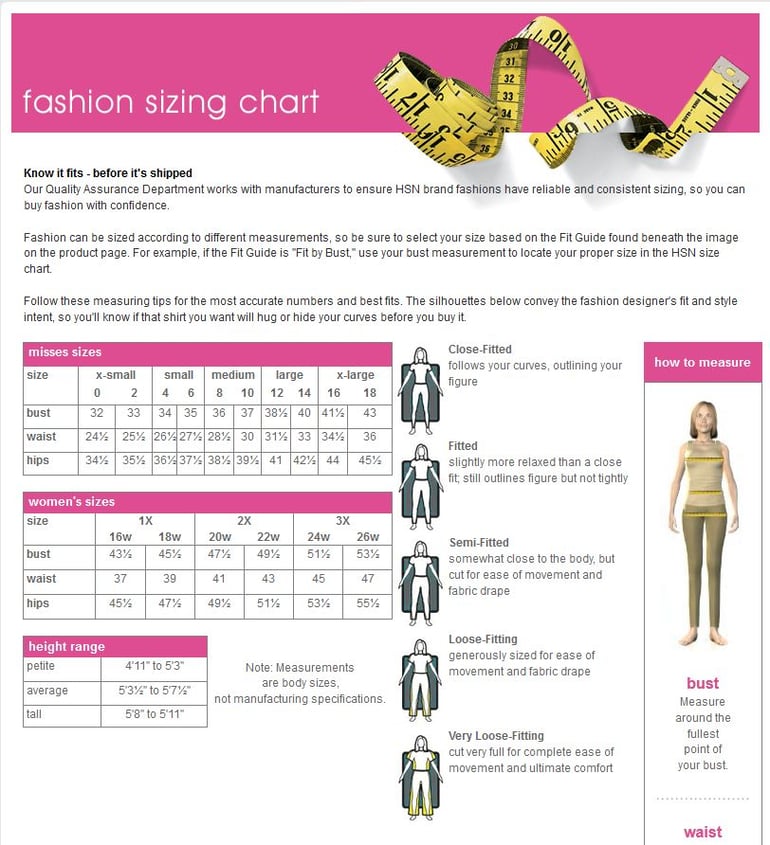
HSN.com has a sizing chart with pictures to demonstrate measurements and help customers get the accurate sizes.
If you are selling furniture, you should probably design a widget that allows buyers to design how it looks in their room so that you can make sure that the customer is ordering something that fits in their house.
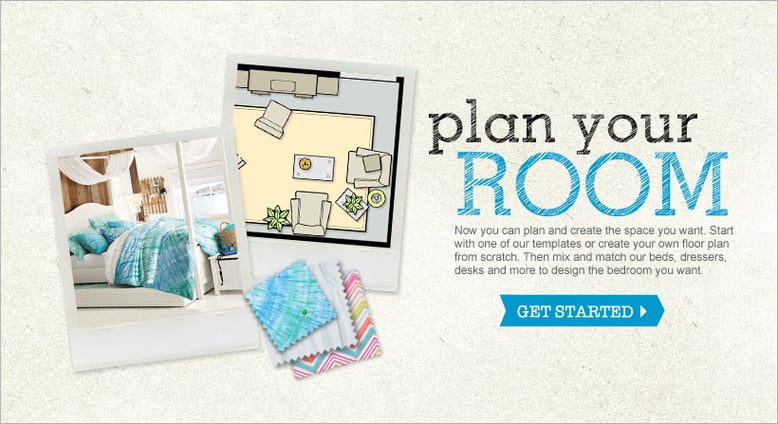
PBteen.com has a great widget where you can “Plan Your Room” by choosing measurements and placing their products inside to see how they fit.
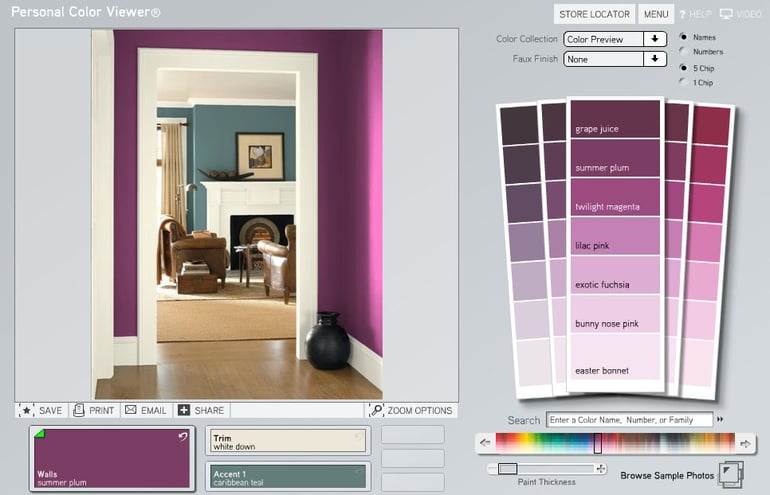
BenjaminMoore.com showcases their paint colors inside the model home by letting the customer see how it looks with their “Personal Color Viewer.”
If you are selling swimming pools, you should include a quoting process for customers to be able to submit for a quote and talk to a Sales Representative.
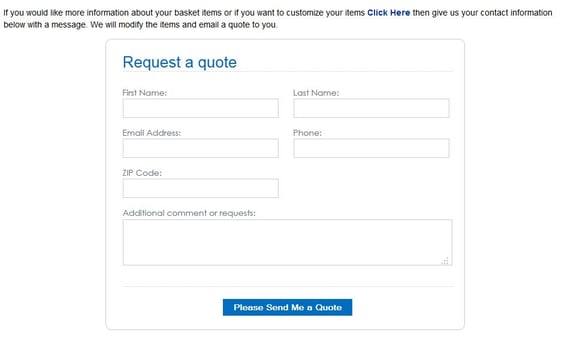
No two back yards are the same, so RoyalSwimmingPools.com offers a quoting process to give customers a more customizable way to buy their swimming pools, leveraging the power on shopping online with a more traditional sales approach.
Today, all of these things and virtually anything else you think of can be done in various ways online.
The reality of selling online is this: everything counts.
Every decision you make as a storeowner will affect your conversion rate, your ability to build up a large repeating clientele and ultimately your overall success. A good rule of thumb is to try and take a step back, forget everything you know and try to imagine what a brand new customer is experiencing the first time they find your site.
Customers in today’s ecommerce environment are looking for:
As ecommerce continues to grow, customer expectations will increase, as well. Therefore, optimizing the customer experience in order to build a better relationship with you and your brand will be increasingly important for the success of your online store.
Ultimately, the future of the ecommerce environment offers endless possibilities for those starting to sell online.
In my opinion, ecommerce is one of the greatest advancements in the technological age. It is through the beauty of ecommerce that a person doing $1-2 million in sales can do so with few or no employees. Twenty years ago that was virtually unheard of, and fifty years ago that was truly impossible.
Today, it’s already impressive the level of efficiency someone can achieve with an online business, and I believe we are in the early stages of this revolution. We are going to see acceleration in the tools and technology available to allow very small organizations to achieve truly great success. If you take the time to do it right in the first place, you will have the ability to build a multi-million dollar business with little more than a great idea, lots of determination and leveraging powerful tools like a great ecommerce platform.
Learn more about ecommerce and the different types of online shopping in our article on the definition of ecommerce and the history of ecommerce.
Back to topNo worries, download the PDF version now and enjoy your reading later...
Download PDF Rick Wilson
Rick Wilson
With over 20 years of executive-level experience, Rick has a unique vantage point on the business shift to ecommerce. He asserts that business society is still very early in the transition to ecommerce, with only about 6% of retail and even less of B2B transactions currently conducted in online commerce.
Visit Website